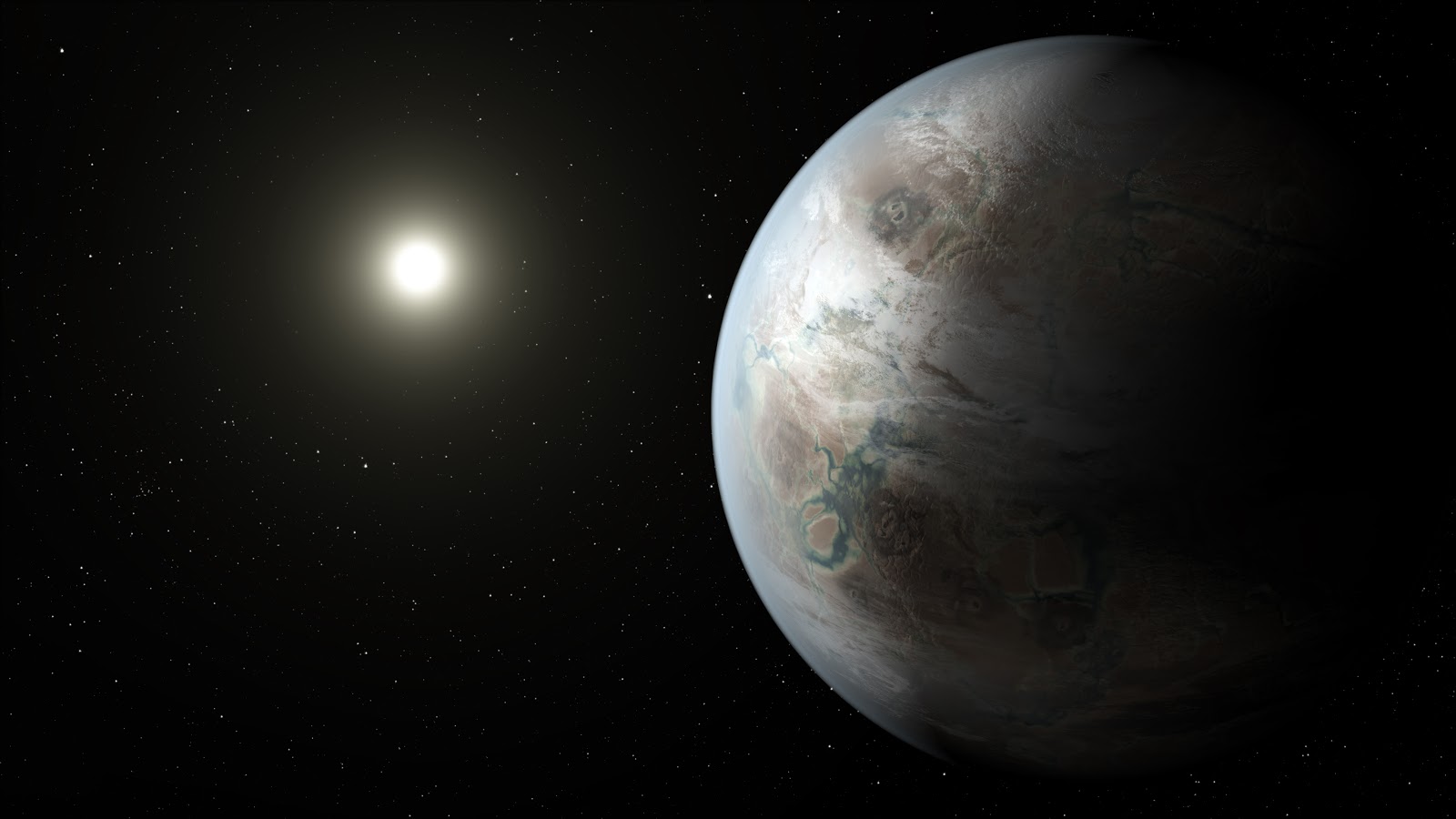
[by Yan L]
From the moment scientists ventured into space, they have been exploring the universe and attempting to find a planet that is similar to earth and has the possibility of sustaining human life. Since August 7, 1996, when NASA first found evidence that life may have existed on Mars, the whole world has waited in anticipation for concrete proof that humans could survive and thrive on Mars. But after years and years of space exploration, that news never came.
![]()
A few months ago, a NASA tweet suddenly went viral. “Earth’s bigger, older cousin! @NASAKepler discovers new distant planet that’s near Earth-size,” it said. This spiked everyone’s curiosity, yet unfortunately, not many details were divulged. One thing is certain: This is the most similar planet to Earth thus far. NASA even went as far to call the newfound planet Earth 2.0.
According to NASA, which has named this planet Kepler-452b, the planet is 1400 light-years away and 60% bigger than Earth. It is also “located in its star’s habitable zone—the region where life-sustaining liquid water is possible on the surface of a planet”. Since the sheer size of the planet is considerably larger than Earth, the gravitational pull there is two times that of Earth’s and the planet might most likely have a rocky surface. (So yes, sadly, on that planet, we will feel and be heavier than on Earth.) Kepler researcher Jon Jenkins added that the sunlight that reaches the planet would be quite similar to Earth’s, and Kepler-452b “almost certainly has an atmosphere” that might be thicker and have active volcanoes. The planet orbits its star once every 385 days. Again, this is close to Earth’s own orbit time. In a nutshell, Jenkins concluded, “That’s substantial opportunity for life to arise, should all the necessary ingredients and conditions for life exist on the planet.”
After NASA’s tweet, someone replied, “On my way. Then I can be president.” If only it were this simple… a trip there would be nearly impossible, even with the highest technology we have, because 1400 light years is approximately 28 million years away. Just to put that number into perspective, Lucy, part of one of the earliest human species (Australopithecus afarensis), only lived around 3.2 million years ago. Well, what if we travelled faster? Astronomer Jeffrey Bennett calculated that If NASA succeeded in designing the NASA Evolutionary Xenon Thruster (NEXT) that the agency has planned, propelling future space crafts at the speed of 90,000 miles per hour, it would only cut the trip down to 10.5 million years. This means that there is a possibility that humans could survive on Kepler-452b— if only they could survive the trip there.
Could this become the eventual backup plan if global warming destroys the Earth? Will a sudden momentous scientific breakthrough increase our chances of going to that planet? Could we migrate there in the event of an apocalypse? Will we be the “Lucy” to another species by then? How many generations will pass before reaching Earth 2.0 actually becomes reality?
We have no idea what the future holds, and with the discovery of this planet and with the eventual technology that could enable us to go there, the possibilities are endless.